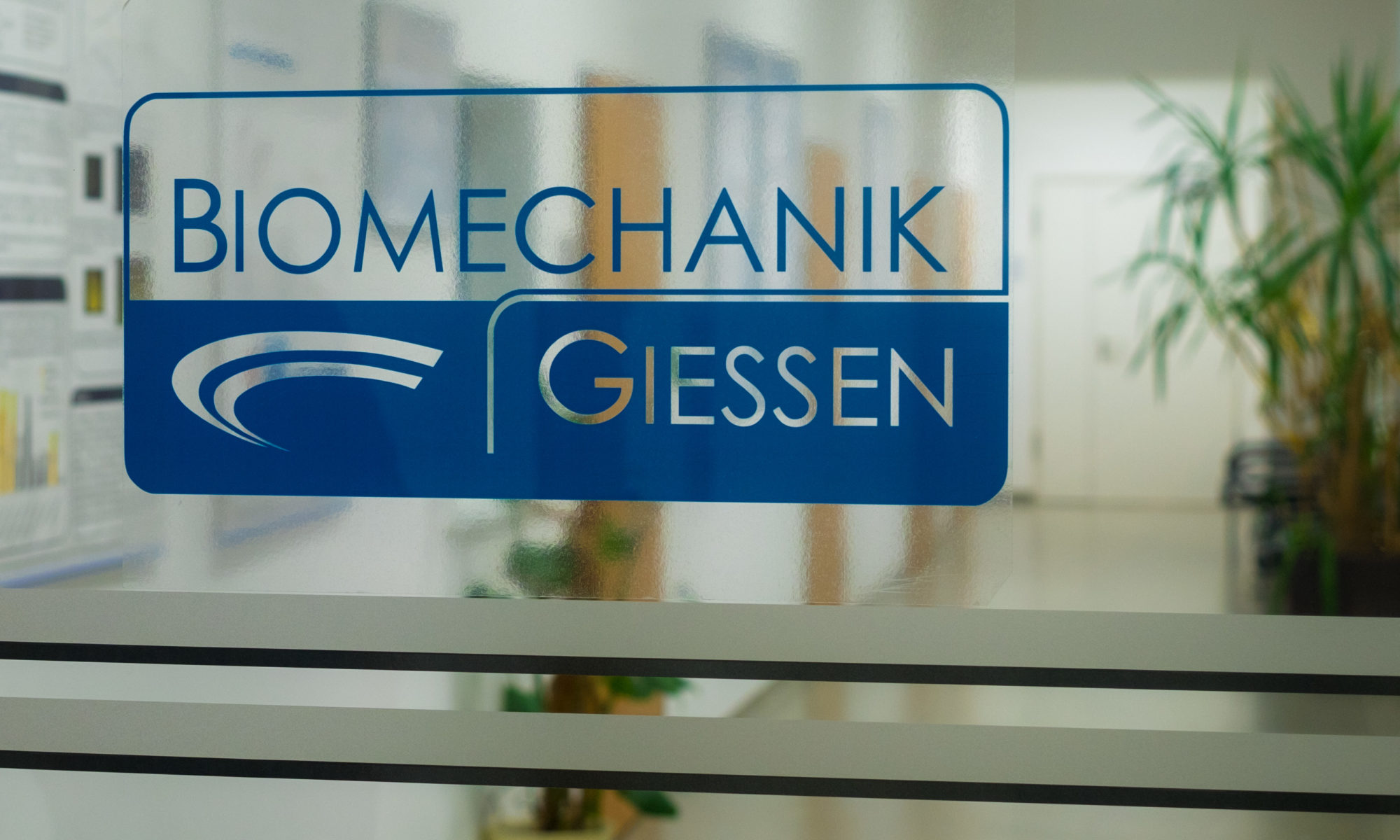Fixation pattern of conical and cylindrical modular revision hip stems in different size bone defects
Kinkel S 1, Nadorf J, Thomsen MN, Heisel C, Jahnke A, Kretzer JP, Jakubowitz E.
Int Orthop. 2015 Sep;39(9):1819-25. doi: 10.1007/s00264-015-2869-5.
Epub 2015 Jul 9. PMID: 26156721
- Laboratory of Biomechanics and Implant Research, Department of Orthopaedics, Traumatology and Paraplegiology, University Hospital Heidelberg, Schlierbacher Landstrasse 200a, 69118, Heidelberg, Germany.
PURPOSE:
Femoral defects often make it difficult to achieve sufficient fixation of the stem during revision surgery. No clinical studies comparing modular stems are available and differentiated recommendations are rare. The aim of this study was to compare the fixation of different revision stems in an experimental and standardised manner.
METHODS:
Segmental AAOS type I and III defects were reproduced in four femur pairs and two modular stems of different shape (cylindrical and conical) were implanted. Interfacial stem-bone movements were measured under axial torque application to analyze the stem fixation depending on defect extension.
RESULTS:
Both stems showed adequate fixation in AAOS type I defect. The defect extension significantly reduced the fixation of both implants. The fixation pattern changed significantly for the cylindrical-shaped stem but was maintained for the conical-shaped stem.
CONCLUSIONS:
Shape as well as the extension of femoral defect have an impact on primary fixation. A type I defect seems to be bridgeable for both stems albeit in a different way. In contrast, stem-demanding activities during the healing phase have to be avoided for the conical-shaped stem in a type III defect, whereas the cylindrical-shaped stem has already ceased to be sufficiently stable in this case.
PMID: 26156721
DOI: 10.1007/s00264-015-2869-5
